Introducing a new look for our holiday badges
Celebrate holidays throughout the year with our beautiful new designs
Now that we’ve introduced our new look and feel, we’re working hard on bringing more of our resources, materials and badges to you in our updated brand.
We wanted to make our range of holiday badges more authentic and show more of the ways that people celebrate. Sarah, the designer of the badges, wanted to tell a story on each one through images.
After some careful research and consultation with people in communities that celebrate these festivals, Sarah created 5 new badges. Take a look at the colourful new designs below.
Lunar New Year
Lunar New Year is one of the biggest events of the year for many East and South East Asian people. The date of Lunar New Year changes each year and depends on the country, but most people celebrate between 21 January and 20 February.
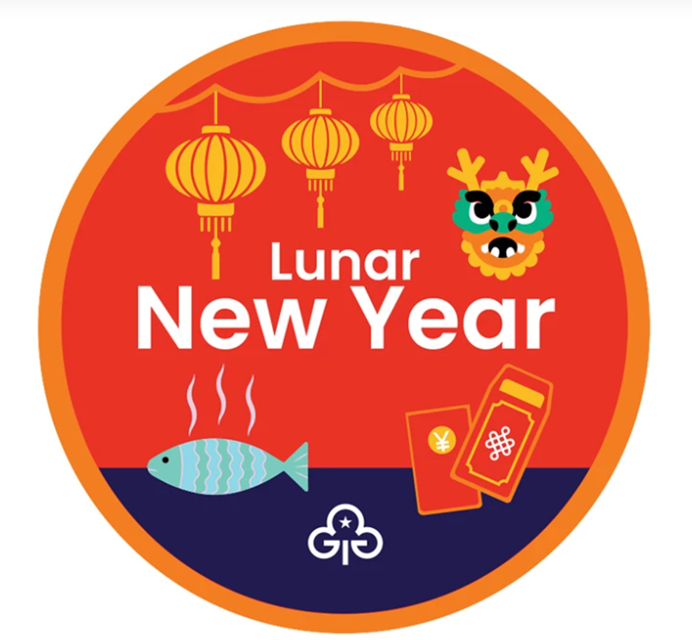
On this badge, you can now see lots of images that are important to communities who celebrate Lunar New Year. Celebrations throughout eastern and central Asia commonly end with a lantern festival, with colourful parades, fireworks, and of course, lanterns. In countries like China, it’s common to see large dragon costumes in the parades, controlled by a skilled team who perform a ‘dragon dance’. And did you know that a steamed whole fish is one of the traditional dishes eaten during Lunar New Year?
Easter
Easter is a Christian festival that marks the resurrection of Jesus. Easter Sunday is the last day of Holy Week, which includes Palm Sunday, Maundy Thursday and Good Friday. The date of Easter Sunday varies from year to year - it’s celebrated on the first Sunday after the full moon, on or after 21 March.
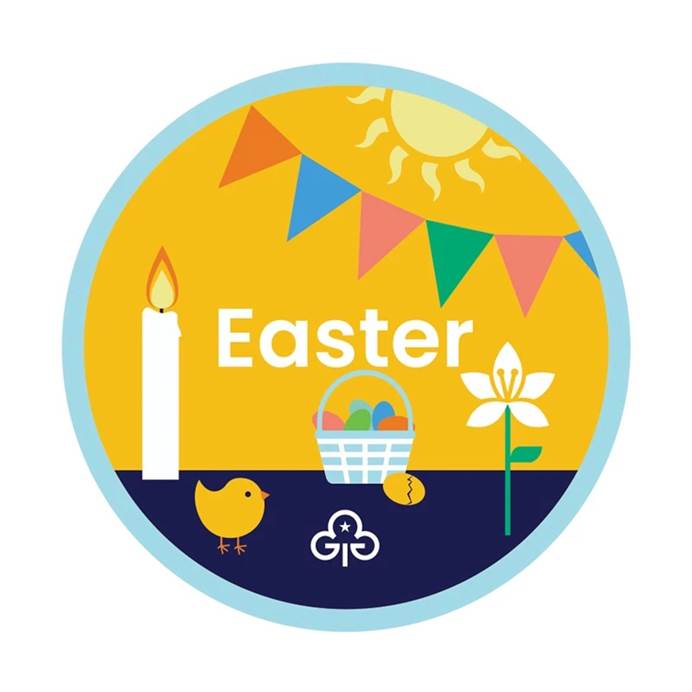
Our Easter badge shows some of the joyful ways people celebrate during the spring. It’s always exciting to receive a chocolate egg, but eggs have held a special meaning at Easter for hundreds of years. On the left of the badge is the Easter (Paschal) candle. A new Paschal candle is blessed and lit in churches every year, and is used throughout the Easter season. You can also see an Easter lily on the badge. This white, trumpet-shaped flower symbolises purity, rebirth and hope for many people, and is mentioned many times in the Bible. It’s most often associated with the resurrection of Jesus Christ.
Eid
Eid is an Arabic word that translates as festival or celebration. There are 2 festivals of Eid. Muslims celebrate Eid al-Fitr over 1 day at the end of Ramadan – a holy month. Eid al-Adha takes place in the final month of the Islamic lunar calendar.
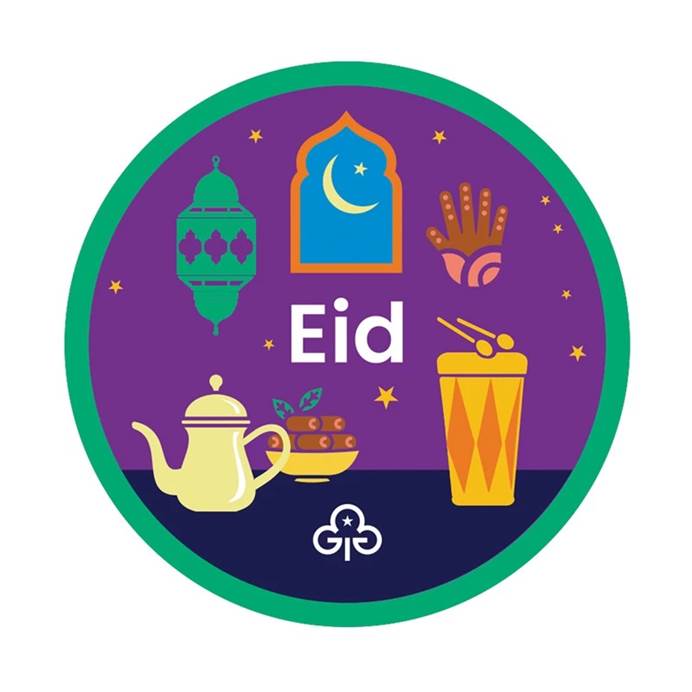
On this badge, you can see a crescent moon and a star side by side. These symbols have been used together all over the world for centuries, and some people associate them with Muslim traditions and festivals. You can also see a Ramadan Fanous, a lantern that's used in some countries to decorate people’s homes during Ramadan. During Ramadan and Eid, people come together to celebrate in lots of ways. Many women decorate their hands with beautiful designs in henna for Eid. And in many Muslim countries you’ll hear the Ramadan drummers sounding a beat to wake people up before dawn so that they can eat some food before beginning a day of fasting.
Diwali
Diwali is known as the festival of lights, celebrating the triumph of light over darkness. It’s celebrated by Hindus, Jains, Sikhs and some Buddhists, with celebrations that include watching firework displays, sharing plates of mithai (sweets) and giving gifts. Diwali always falls between October and November, but the exact date varies each year.
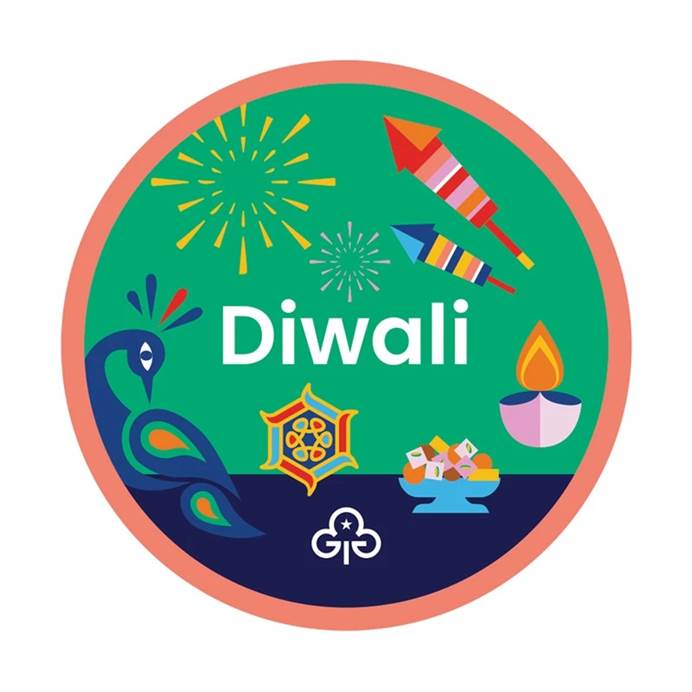
During Diwali, many people light oil lamps, called diyas, and display them to symbolise prosperity and the triumph of brightness over darkness. You’ll also often see rangolis – colourful, intricate mandala patterns like the one shown on the badge next to a beautiful peacock. As well as being the national bird of India, the peacock is an important symbol in Hinduism, representing good luck and prosperity.
Hanukkah
Hanukkah is a Jewish festival, celebrating a miracle that happened over 2,000 years ago, where a candle-holder in a temple burned for 8 days with only enough oil to burn for 1 day. It’s celebrated in November or December every year and lasts for 8 days.
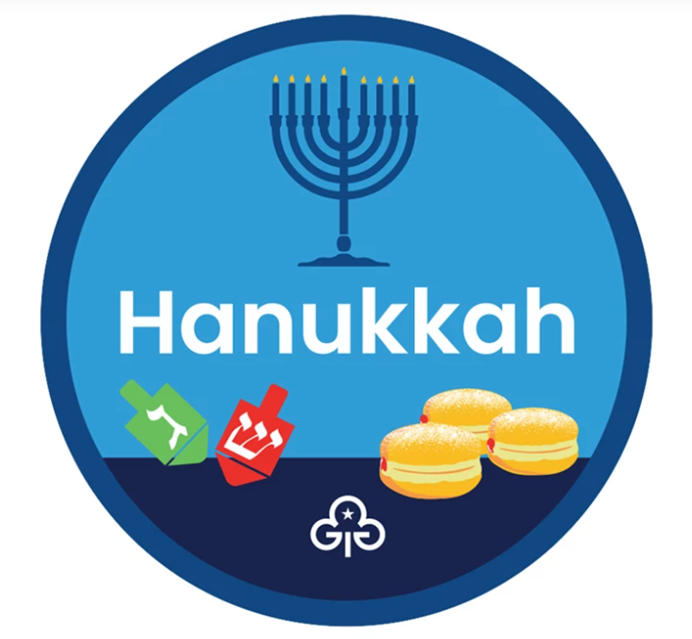
On our badge, you can see a Hanukkah menorah, a candle-holder with 9 branches. It has 1 branch for each day of Hanukkah, and another one for the Shamash, or ‘helper’ candle, which is used to light the others. Food fried in oil is also a big part of many Hanukkah celebrations. On the badge, you can see sufganiyot, round jelly doughnuts eaten throughout the world. You can also see a dreidel, a 4-sided spinning top often played during Hanukkah. Each side of the dreidel has a letter of the Hebrew alphabet, which make an acronym that means ‘A great miracle happened here.’
We know people have lots of ways of celebrating - too many to fit all on a badge! No symbol can tell the full story of what these holidays mean to you, and you may not identify with what’s shown on these badges.
So we’d love to hear from you – what do you think about our new badges? How do you mark these holidays at home or with your unit? Email [email protected] with your stories.
Remember, if you’re celebrating any religious holiday or festival in your unit, it’s important to make sure that we’re celebrating all cultures respectfully. Check out some advice from our faith inclusion adviser to help you decide what and how to celebrate.
We also have guidance on how to include girls of all faiths and none in Girlguiding.
Share your story
Have you got a story to tell? We're always keen to hear and share tales of what you've been up to with Girlguiding.